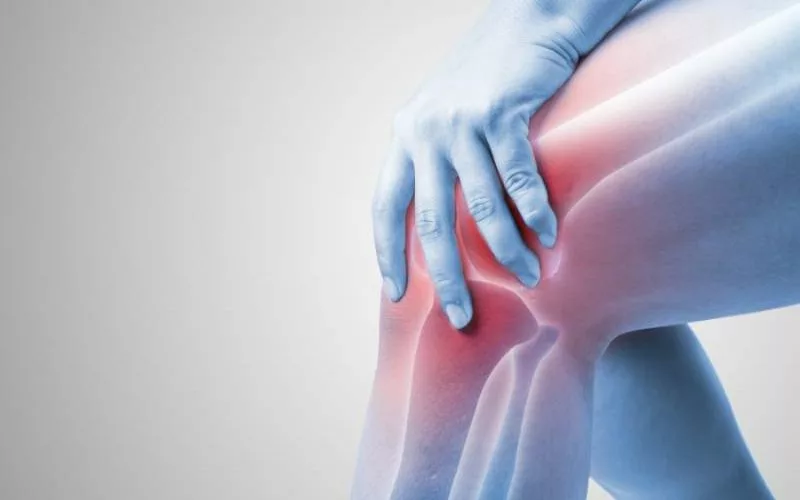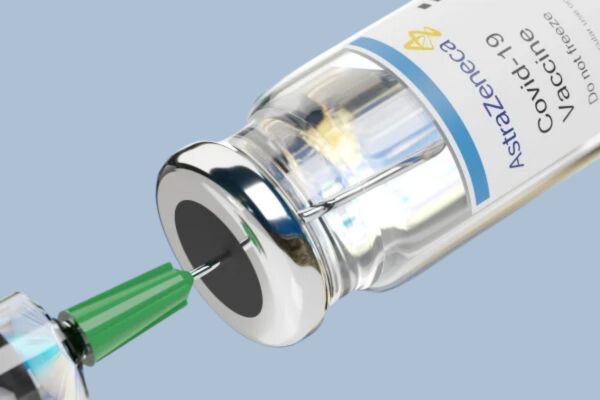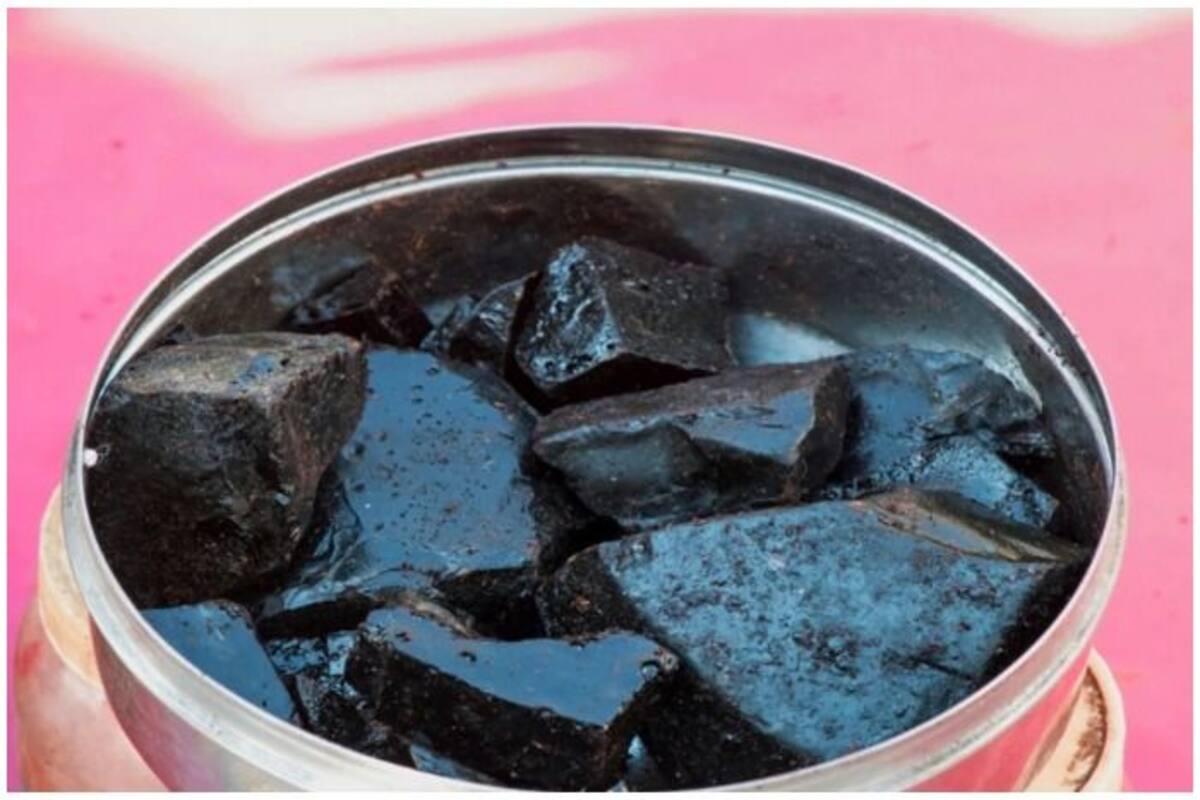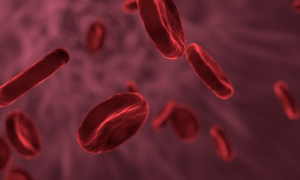Experiencing Joint Pain? Learn About Arthritis Types

Arthritis is the inflammation of one or more joints, causing pain, stiffness, and swelling, in the affected joints. It decreases range of motion and causes discomfort to cope up with daily activities. While arthritis can affect individuals of all ages, it primarily impacts older adults. The risk increases with age, and arthritis is most prevalent in adults over 65 years old. However, certain forms, like juvenile arthritis, can affect children and adolescents.
While there is no cure for most types of arthritis, various treatment options are available to help manage symptoms, improve joint function, and enhance quality of life. Treatment approaches typically include a combination of pain relieving medication, physical therapy, lifestyle modifications, and in some cases, surgery. Keep reading to know more about arthritis, its symptoms, treatment and best medications.
What Are the Types of Arthritis?
Arthritis encompasses over 100 different types, with osteoarthritis and rheumatoid arthritis being the most common. The symptoms of arthritis vary depending on the type of arthritis. The most common symptoms include joint pain and stiffness.
The 7 Most Common Types of Arthritis Include:
- Osteoarthritis (OA): This degenerative joint disease occurs when the protective cartilage that cushions the ends of bones wears down over time, leading to pain, swelling, and reduced mobility, especially in weight-bearing joints like the knees, hips, and spine.
- Rheumatoid arthritis (RA): It is an autoimmune disorder where the immune system mistakenly attacks the synovium, the lining of the membranes that surround the joints, causing inflammation, pain, swelling, and eventually joint damage. RA commonly affects small joints in the hands and feet.
- Ankylosing spondylitis: It is a form of arthritis primarily affecting the spine, causing inflammation and stiffness in the vertebrae. Over time, it can lead to fusion of the spinal joints, resulting in decreased flexibility and mobility. It may also affect other joints, eyes, and organs, leading to chronic pain and disability.
- Gout: This condition by sudden and severe attacks of pain, redness, and swelling in the joints, typically the big toe. Gout occurs due to the accumulation of urate crystals in the joints, often triggered by a diet high in purines.
- Psoriatic arthritis: It is a type of inflammatory arthritis that affects some people with psoriasis, a chronic skin condition. Psoriatic arthritis causes joint pain, stiffness, and swelling, along with skin changes such as red patches with silvery scales.
- Fibromyalgia: Fibromyalgia is a chronic condition marked by musculoskeletal pain, fatigue, sleep disturbances, and tender points in the body. It is often associated with other rheumatic conditions.
- Childhood arthritis: It is also known as juvenile idiopathic arthritis (JIA), is a condition that affects children and adolescents. It causes inflammation in one or more joints, leading to pain, swelling, and stiffness. If left untreated, JIA can cause lasting damage to the joints, potentially resulting in disability and impaired mobility in children.
What Are the Causes of Arthritis?
Arthritis can have various causes, depending on the type. Common causes include genetics, age, joint injury, and autoimmune disorders.
- Osteoarthritis often develops due to wear and tear on the joints over time, while rheumatoid arthritis is triggered by an abnormal immune response attacking healthy joint tissues.
- Other types, like gout, result from the accumulation of uric acid crystals in the joints. Infections, such as Lyme disease, can also lead to arthritis.
- Lifestyle factors like obesity, sedentary habits, and poor diet can also increase the risk of developing arthritis.
What Are the Best Treatments for Arthritis?
Treatment for arthritis varies based on the type and severity of the condition. Managing pain effectively is crucial for enhancing the quality of life in arthritis patients. For adults, numerous non-medication methods exist to alleviate pain without the potential side effects of medications. Among these, physical activity emerges as a top strategy for pain management in arthritis. The other common approaches to manage arthritis symptoms, improve joint function, and slow down disease progression include:
- Physical therapy: Exercises and stretches as prescribed by a physical therapist can help improve joint flexibility, strengthen muscles around the affected joints, and reduce pain.
- Lifestyle changes: Maintaining a healthy weight reduces stress on joints, while regular exercise helps improve joint function and overall health. Dietary changes, such as reducing inflammation-promoting foods and increasing intake of anti-inflammatory foods, may also provide relief.
- Assistive devices: Using braces, splints, or orthotics can support affected joints and improve mobility for individuals with arthritis. These assistive devices help stabilize the joints, reduce pain, and enhance functionality by providing additional support and alignment. Braces and splints can help prevent further damage to the joints by limiting excessive movement, while orthotics can redistribute pressure and alleviate strain on specific areas.
In severe cases where the above treatments fail, joint replacement surgery may be necessary to replace damaged joints with artificial ones.
What Are the Best Medications to Reduce Arthritis Pain?
The commonly prescribed allopathic medications that effectively reduce arthritis pain include:
- Nonsteroidal anti-inflammatory drugs (NSAIDs) like ibuprofen and naproxen are commonly used to reduce pain and inflammation in arthritis.
- Acetaminophen (paracetamol) is often recommended for mild to moderate pain relief, especially for those who cannot tolerate NSAIDs.
- Disease-modifying antirheumatic drugs (DMARDs) such as methotrexate, sulfasalazine, and hydroxychloroquine are often used for inflammatory types of arthritis like rheumatoid arthritis.
- Biologic agents like TNF-alpha inhibitors, IL-6 inhibitors, and JAK inhibitors are reserved for more severe cases of inflammatory arthritis.
- Pain-relieving creams, topical NSAIDs, or patches such as Volini Gel or Moov, containing diclofenac, menthol, or capsaicin, offer localised relief for arthritis pain.
- Joint health supplements like Jointace can also promote joint health and may be beneficial for arthritis management. These contain glucosamine and chondroitin, which effectively manage joint pain.
These medicines can be procured by ordering online through medicine delivery apps. The online medicines purchase ensures a hassle-free and timely delivery to your doorstep. If you order from online pharmacy apps like Truemeds that offer generic substitutes, you can save a lot on your arthritis medicines expenses.
Takeaway
Arthritis pain can be well managed with a combination of lifestyle changes and medications. It’s important to safeguard your joints against further damage by opting for gentle exercises such as walking, cycling, and swimming. These low-impact activities minimise the risk of injury and reduce stress on the joints, promoting joint health and mobility. By incorporating these activities into your routine, along with adhering to prescribed medications, you can enhance your joint functioning and reduce the impact of arthritis on daily functioning.










